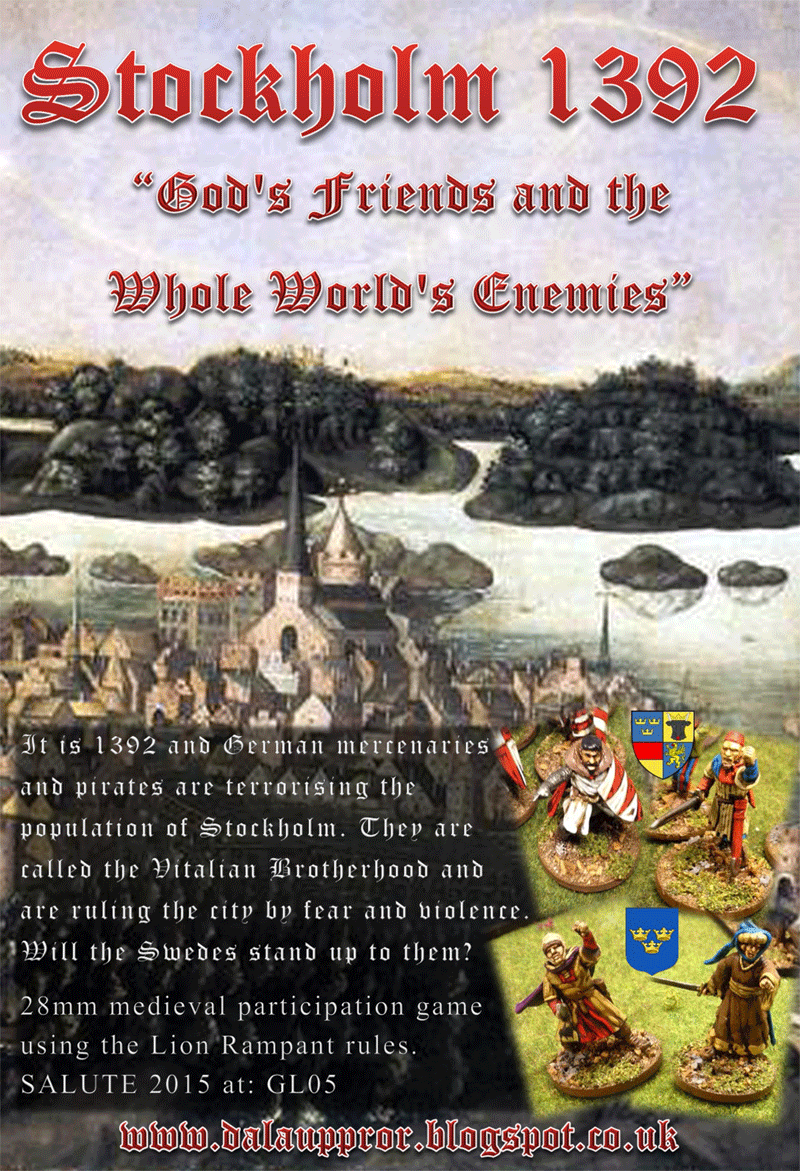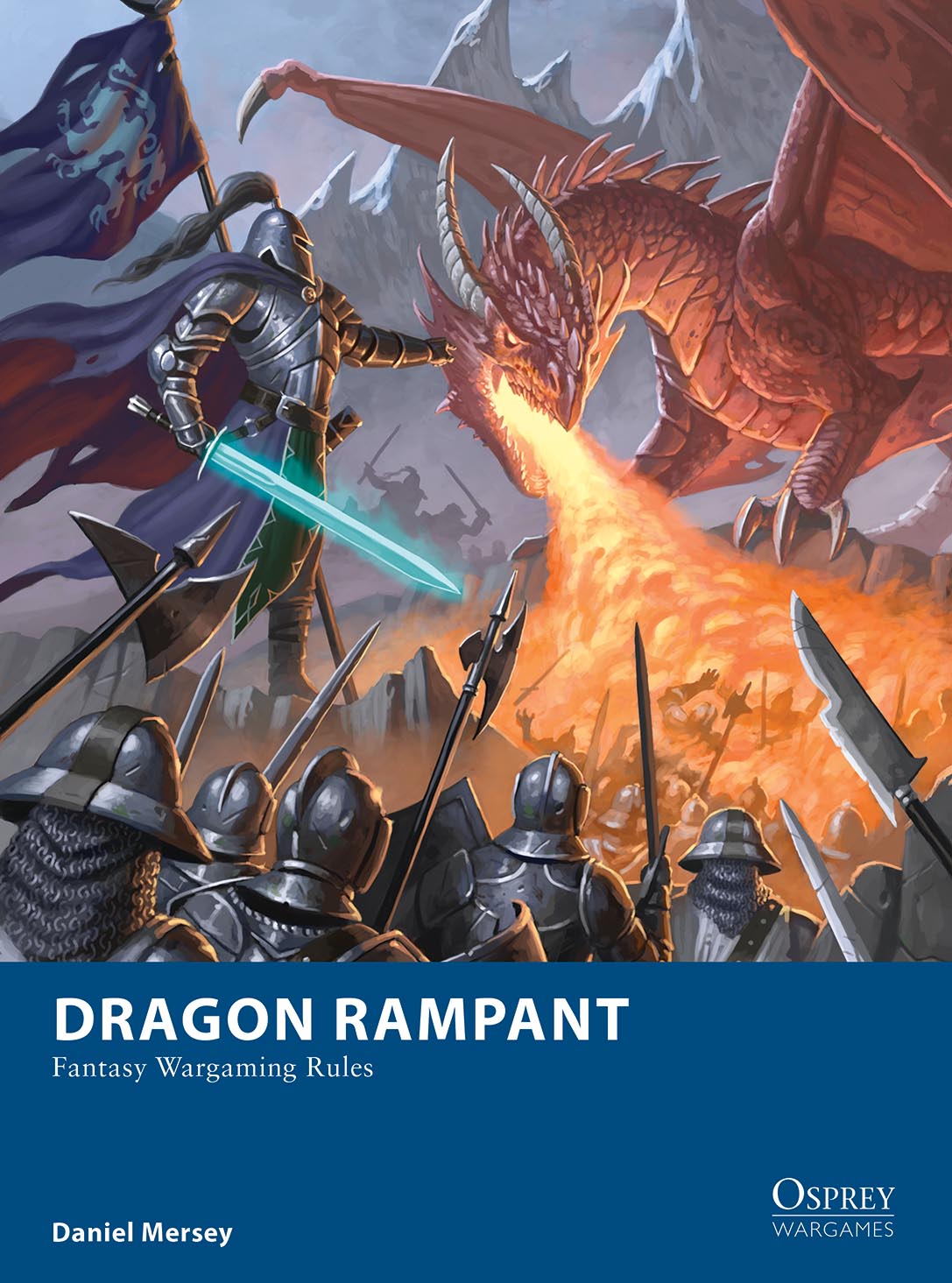The institution known as leiðangr (Old Norse), leidang (Norwegian), leding, (Danish), ledung (Swedish), expeditio (Latin) or sometimes lething (English), was a public levy of free farmers typical for medieval Scandinavians. It was a form of conscription to organise coastal fleets for seasonal excursions and in defence of the realm. In Anglo-Saxon England, a different system was used to achieve similar ends, and was known as the fyrd.
The leiðangr was established in the medieval era, and not the Viking Age. It has been considered the maritime version of the Germanic system of hundreds which was described as early as 98 A.D. by Tacitus as the centeni. Since Tacitus also said the Suiones had a powerful fleet, it might have been based on the leidang.
However, since all our sources on the leidang are medieval (the earliest, the Older Law of the Gulating, is 11th century at the absolute earliest, and might well be 12th century) this is highly uncertain. Before the establishment of the leidang, the defence of the realm was probably based on voluntary contribution to a defence-fleet. With the rise of the monarchies, the contribution became a duty.
The leiðangr was a system organising a coastal fleet with the aim of defence, coerced trade, plunderings, and aggressive wars. Normally, the fleet levy was on expeditions for two or three summer months. All free men were obliged to take part in or contribute to the leiðangr.
All of the leiðangr was called to arms when invading forces threatened the land. In the expeditions only a fraction of the ships were taking part, but as expeditions often were profitable, many magnates and chieftains tried to join with their people as often as possible.
The lands were divided into districts, ship's crews, "skipreiða" (Old Norse), "skipæn" (Danish) or "roslag" (Swedish). The farmers of the district had to build and equip a rowed sailing ship. The size of the ships was defined as a standardized number of oars, initially forty oars, later the standardized size of 24 was increased.
In Norway, there were 279 such districts in 1277, in Denmark two-three times as many. The head of a district was called "styrimaðr" or "styræsmand", steersman, and he functioned as captain of the ship. The smallest unit was the crew of peasants who had to arm and provide for one oarsman ("hafnæ" in Danish, "manngerð" in Old Norse).
According to the Law of the Swedish region Uppland, the hundreds of Uppland provided as many as four ships each, those of Västmanland two ships and those of Roslagen one ship.
The older laws regulating the leiðangr (the Norwegian "Older Law of the Gulating" dates to the 11th or 12th century) require every man to, as a minimum, arm himself with an axe or a sword in addition to spear and shield, and for every rowbench (typically of two men) to have a bow and 24 arrows.
Later 12th-13th century changes to this law code list more extensive equipment for the more affluent freemen, with helmet, mail hauberk, shield, spear and sword being what the well-to-do farmer or burgher must bring to war.
In 12th-13th century sources detailing the 11th century, jarls are mentioned as the chieftain of the leiðangr, in the 12th century the bishop could also be head of the fleet levy, although typically nobles led levies in the 12th to 14th centuries.



















Really nice minis. And I think it's a good idea to mix these different ranges !
ReplyDeleteVery nice! great shields !
ReplyDeleteCongratulations
Nice figures and stand. I also appreciate the history and explanation of the system.
ReplyDeleteReally very nice indeed!
ReplyDeleteChristopher
Nice unit and thanks for the litle history lesson.
ReplyDeleteGreat figures,fascinating background information and a great project!
ReplyDeletecheers
Alan
As usual you take this to new levels, love the bases...
ReplyDeleteBeautiful painting!! Excellent shield designs too!!!
ReplyDeleteFabulous work Michael
ReplyDeleteStunning painting love the shields.
ReplyDeleteRegards
Hobbyworker.
Excellent work Michael!
ReplyDeleteGood job! Really enjoyed reading about the history too.
ReplyDeleteSteve
Very cool looking unit!
ReplyDeleteMan, those are some really good looking models. I like the organisation of them as well on the tray. When in an average battle how many casualties do you find yourself removing from a tray? I do my models glued to the tray / base so I have to use a dice or marker to represent casualties. Thanks and keep it up. Also, check out my blog here:
ReplyDeletehttp://everythingisfairinloveandwargames.blogspot.com.au/
Thanks Mates
ReplyDeleteGlad you liked my new project and the history lesson;)
Actually I realy don´t like games with casulty remowal... but at Dux Britanniarum are a skirmish games I cope:) I use to fill the holes with extra bases without minis... so to the question, how many are remowed in each game... last gam I lost 13 minis of 30... and about the sam amount in eac of the 5 units, so 2-3 minus was removed from each unit...hope it was a OK answer:)
Best regards Michael
Yes, thank you, I know it wasn't the standard question! But yeah, it cleared things up for me...very interesting idea you have with filling the casualties with an empty base, I might have to take inspiration from that idea if you don't mind! Keep it up, cheers from a fan of your blog in Australia!
Delete